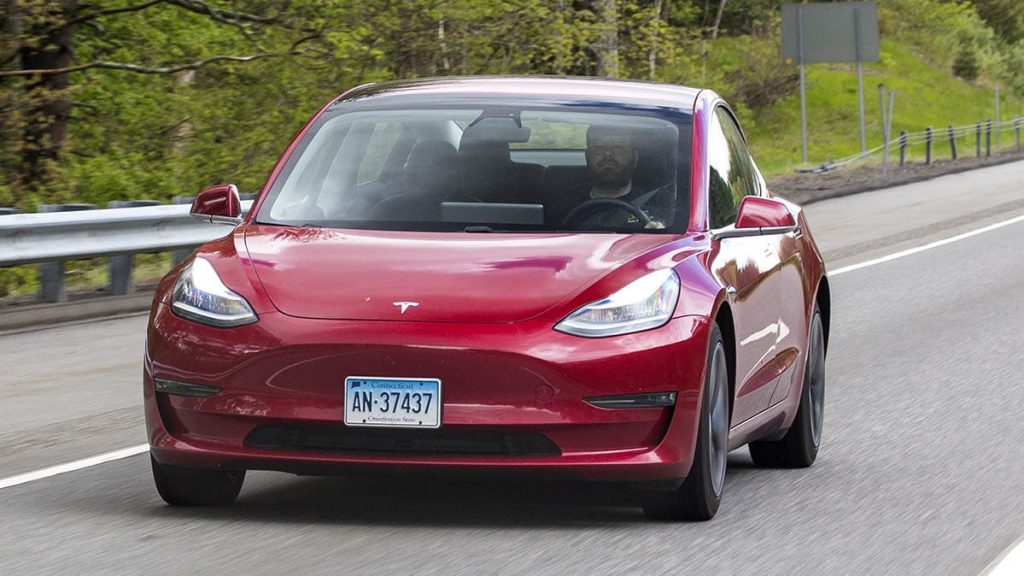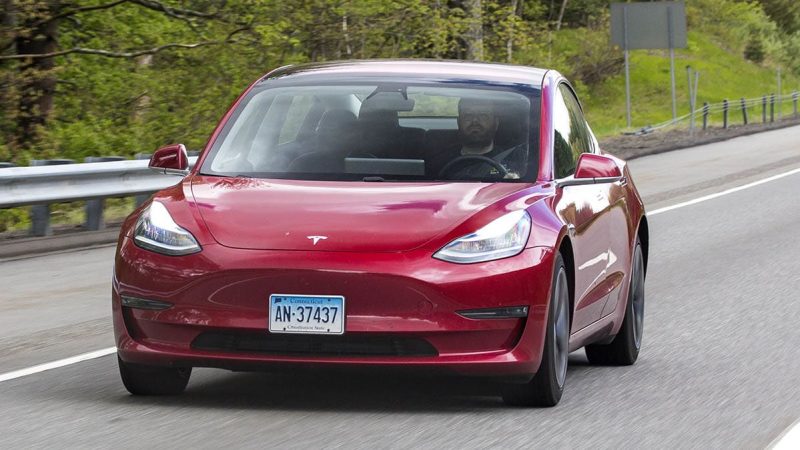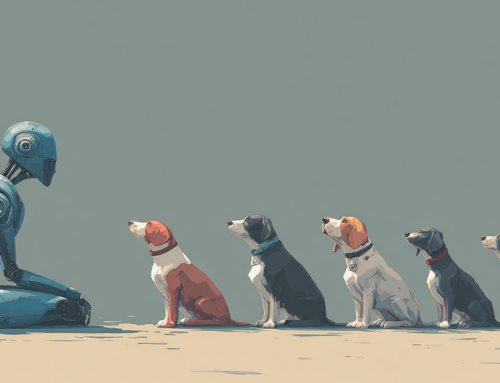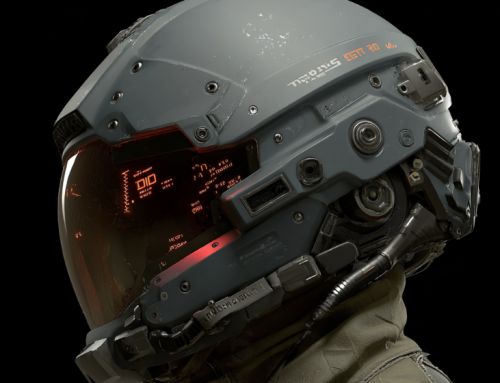
Tesla under review for touch screen and autopilot issues.
Consumer Design Groups Express Concern over Tesla’s Autopilot, Touch Screen
Could Tesla get through a week without another bad news story pointing out a flaw in design or function? Nope. Not this week. 82% of vehicles sold this year came with touch screens, according to market data cited by Consumer Reports. Tesla has led the charge on this front: The center console of Tesla’s Model S sedan is one enormous touch screen. And customers, apparently, love it: Tesla’s “infotainment system” recently topped a Consumer Reports owner-satisfaction survey.
However, the Nielsen Norman Group has criticized the company’s cars over the location of the screen, haptic feel and other details. One of the most prestigious design consulting firms in the world, Nielsen Norman Group’s co-founder, Don Norman, literally coined the phrase “user experience.” The firm says Tesla is on the wrong track with their mega touch screens.
The main complaint: distracted driving. The screen takes too much of the driver’s attention away from the road to access the Tesla’s features, according to a story on fastcompany.com. Before we get into that, a disclaimer: Raluca Budiu, Nielsen Norman Group’s director of research, doesn’t think that touch screens in cars are in all ways awful, giving a few compliments to Tesla: The huge screen makes it easy to see multiple information sources at once; it’s really good at pointing out charging stations on a map; and “the autopilot and self-navigation systems acknowledge the possibility of failure.” (Damn, that’s faint praise.)
“Many of these features should make driving a safer and more comfortable activity,” said Raluca Budiu, Nielsen Norman Group’s director of research.
But an article from Consumer Reports states it’s more than just the use of the tech screen and its location that has UX community or User Experience experts worried. Consumer Reports is concerned about the Tesla autopilot. They first reviewed Navigate on Autopilot in November and found it technologically impressive. But we also raised concerns about its performance in heavy traffic.
Now Tesla has added a changing lane feature that really didn’t click with the CR testing team. Too distracting for the driver and less efficient than a driver was the consensus.
“The system’s role should be to help the driver, but the way this technology is deployed, it’s the other way around,” says Jake Fisher, Consumer Reports’ senior director of auto testing. “It’s incredibly nearsighted. It doesn’t appear to react to brake lights or turn signals, it can’t anticipate what other drivers will do, and as a result, you constantly have to be one step ahead of it.”
Not exactly a vote of confidence.
read more at consumerreports.org








Leave A Comment